Chaitra Shukla 11, Kaliyug Varsha 5114
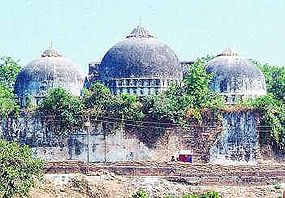 |
By Mr. Ramdas swami Sonar, Bodwad, Dist. Jalgaon
Don’t call it Babri mosque, say Babri structure !
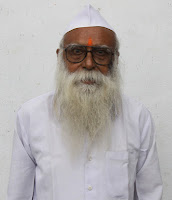 Mr. Ramdasswami Sonar |
1. Selfish politicians doing wrong propagation about ‘Ram-janmabhoomi’
There was actually no need to create such dispute; because since ancient times, everyone is aware that the said land in Ayodhya is ‘Ram-janmabhoomi’. Few selfish politicians have, however, kept the fire of dispute burning by calling the structure directly as Babri mosque instead of Babri structure and wrongly propagating this matter keeping the dispute unresolved. In future too, it is quite certain that the fanatics communalists would try to keep the problem alive.
2. It is a historical truth that Babri mosque was not constructed on ‘Ram-janmabhoomi’ !
It is the history that Babur’s army-chief Meer Banki tried to demolish the temple on ‘Ram-janmabhoomi’ in Ayodhya ( Year 1528, Shake 1415); but Rama-devotees always foiled his efforts. There were 76 battles fought on the said land in which 3, 50, 000 ‘Rama-sevaks’ sacrificed their life; many Muslims were killed too. During such fierce fights, however, mosque was never constructed on this land; therefore, till the disputed construction was not demolished on 6th December 1992, no Muslim ever went there for ‘Namaz’ which is a historical fact.
3.Mulla Mulayam Singh Yadav takes life of Hindu ‘Kar-sevaks’ !
On 1st February 1986, the ‘Ram-janmabhoomi’ temple was opened for public as per the order of the Court. Later, on 10th November 1989, a program to lay foundation was held there; therefore, Vishwa Hindu Parishad (VHP) made a plan to offer ‘kar-seva’ on 30th October 1989; but the then Chief Minister Mulla Mulayam Singh Yadav of Uttar Pradesh strongly opposed the plan and killed many Hindu ‘Kar-sevaks’ including Kothari brothers from Kolkata by gunning them down.
4. Indifferent standpoint of the then President !
In the year 1989, when I was the President of VHP for Bodwad area, I had sent a letter to the then President, explaining various symbols found in the ‘vaastu’ and requesting him, “You pay a visit to this ‘Ram-janmabhoomi’ along with Imam Abdullah Bukhari of Jama Mosque, Delhi and ask Imamsaheb to read ‘Namaz’ after seeing the whole ‘Vaastu (premises)’ and then from the reaction of Imamasaheb, declare whether it is Babri Mosque or Babri structure or Ram-janmabhoomi.” The President, however, just acknowledged receipt of the said letter by replying ‘Received your letter, Thanks’.
5. Reasons for Bukhari not reading ‘Namaz’ at ‘Ram-janmabhoomi’
I was very sure that Imam Bukhari would not be able to read ‘Namaz’ there for the following reasons-
a. There was not even slightest sign of existence of a mosque on the premises.
b. There is a provision of ‘Uju’ (for cleaning hands, feet, face etc.) in every mosque near entrance; but such provision (tank or well) was not seen anywhere.
c. A particular place is assigned in any mosque for hooting ‘ajaan’; but such provision was not there.
d. In every mosque, there is a special place for Imam to give discourse on ‘Namaz’ which was not there.
e. A mosque always has minarets; but those were not there.
f. There was ‘Ram Chabutara (platform)’ on the left side of the main entrance of ‘Ram-janmabhoomi’.
g. There was Seeta’s kitchen near the second entrance.
h. In a mosque, there is vast open place for Muslims to sit and present ‘Namaz’; but in that ‘vaastu’ there were three temples of Ram, Seeta and Lakshman with three domes. This can be clearly seen even in the picture.
i. On the pillars of the ‘vaastu’, carvings of creepers and holy ‘kalash’ were seen clearly. (Holy ‘kalash’ is the symbol of only Sanatan culture and is not used in any other religion. It is proved in the history also.)
j. On two pillars in that ‘vaastu’, there was a damaged idol of Bhagavan Vishnu’s ‘Varah’ incarnation with broken head and swine is not considered as holy animal in Muslim religion. It is also a historical fact that no Muslim would read ‘Namaz’ in such place.
k. Therefore, till the controversial ‘vaastu’ was demolished (Year 1992, Shake 1914), no Muslim had read ‘Namaz’ in that inauspicious ‘vaastu’.
l. There was a big milestone , of the British regime, buried near the ‘vaastu’ on which it was carved as ‘Ram-janmabhoomi’.
m. Many Hindu, Muslim and European tourists have made note in many places about the ‘vaastu’ being ‘Ram-janmabhoomi’. (I had informed the then President in detail about all such noting.)
n. There is an order by Prophet Mohammad that ‘Namaz’ should not be performed at any controversial mosque as it is not accepted by ‘Allah’; therefore, he had got the controversial mosque at Mecca demolished in his presence. As such, no Muslim who respects Prophet Mohammad, will construct a mosque on such inauspicious land where Hindu-Muslims have sacrificed their life nor can he read ‘Namaz’ at such place.
o. The controversial land was excavated between 12th March 2003 and 17th August 2003 as per the order of Allahabad High Court and in such excavation, old rock-inscriptions from 12th Century (300 years before Babur came to India), remnants of ancient temples, pillars with carvings as per symbols of Hindu Dharma, many idols and utensils were found.
p. Mr. Shankarrao Chavan had visited the controversial Babri mosque when he was the Central Home Minister. After inspecting the ‘vaastu’ in the presence of many Government officials, he said to the senior police officers, “Now we saw all this. Let us now move to Babri Mosque.” On this, the police officers said, “The ‘vaastu’ that you saw just now is called as Babri Mosque by people.” Mr. Chavan was surprised to hear the police officers. This indicates that Mr. Chavan did not see any sign of Babri mosque or any mosque. When there was no mosque, how can one get to see signs of a mosque?
q. Lucknow Bench of Allahabad High Court had passed a unanimous verdict on 30th September 2010 on the facts based on ancient history that ‘Bhagavan Ram was present in Ayodhya during the ‘Treta’ Yuga’ and the controversial land is ‘Ram-janmabhoomi’.
Let us hope that after reading the history that every sensible person would call the destroyed structure as either Babri structure or Babri vaastu; but not Babri mosque. It will, however, be more appropriate to call that ‘vaastu’ unanimously as ‘Ram-janmabhoomi’.
Source : Dainik Sanatan Prabhat

 Mizoram: EC accepts Christians’ demand to defer counting on Sunday, but what if Hindus had made a similar demand?
Mizoram: EC accepts Christians’ demand to defer counting on Sunday, but what if Hindus had made a similar demand? Sign Petition : Immediately repeal the draconian and unconstitutional ‘The Waqf Act, 1995’
Sign Petition : Immediately repeal the draconian and unconstitutional ‘The Waqf Act, 1995’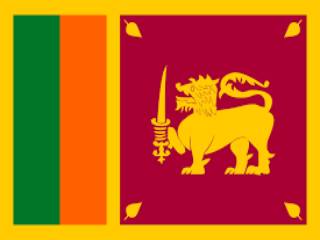 Shriram : Sri Lanka’s saviour
Shriram : Sri Lanka’s saviour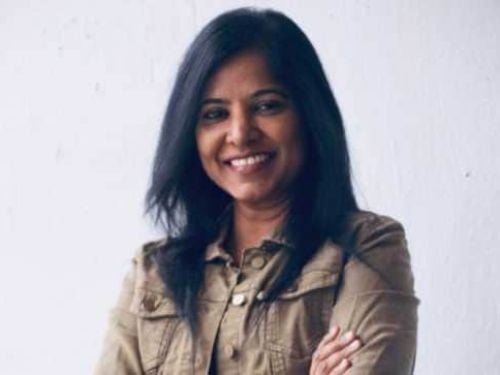 Why it is so cool to malign Hindu gods and goddesses, but it may not be that easy now
Why it is so cool to malign Hindu gods and goddesses, but it may not be that easy now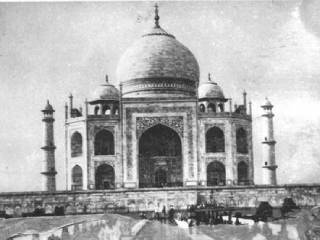 Shocking Truth of Taj Mahal exposed by Late Pujya P. N. Oak
Shocking Truth of Taj Mahal exposed by Late Pujya P. N. Oak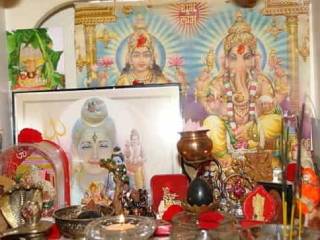 How are Hindus treated in states where they are in a minority?
How are Hindus treated in states where they are in a minority?